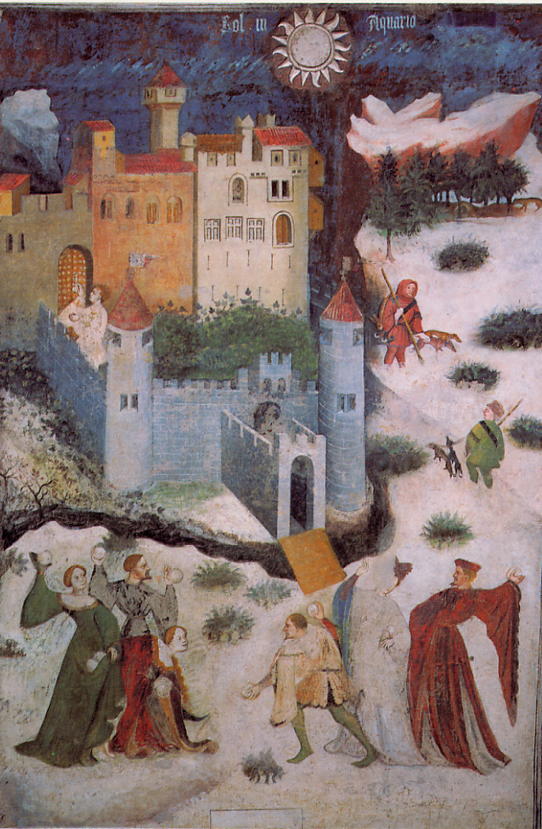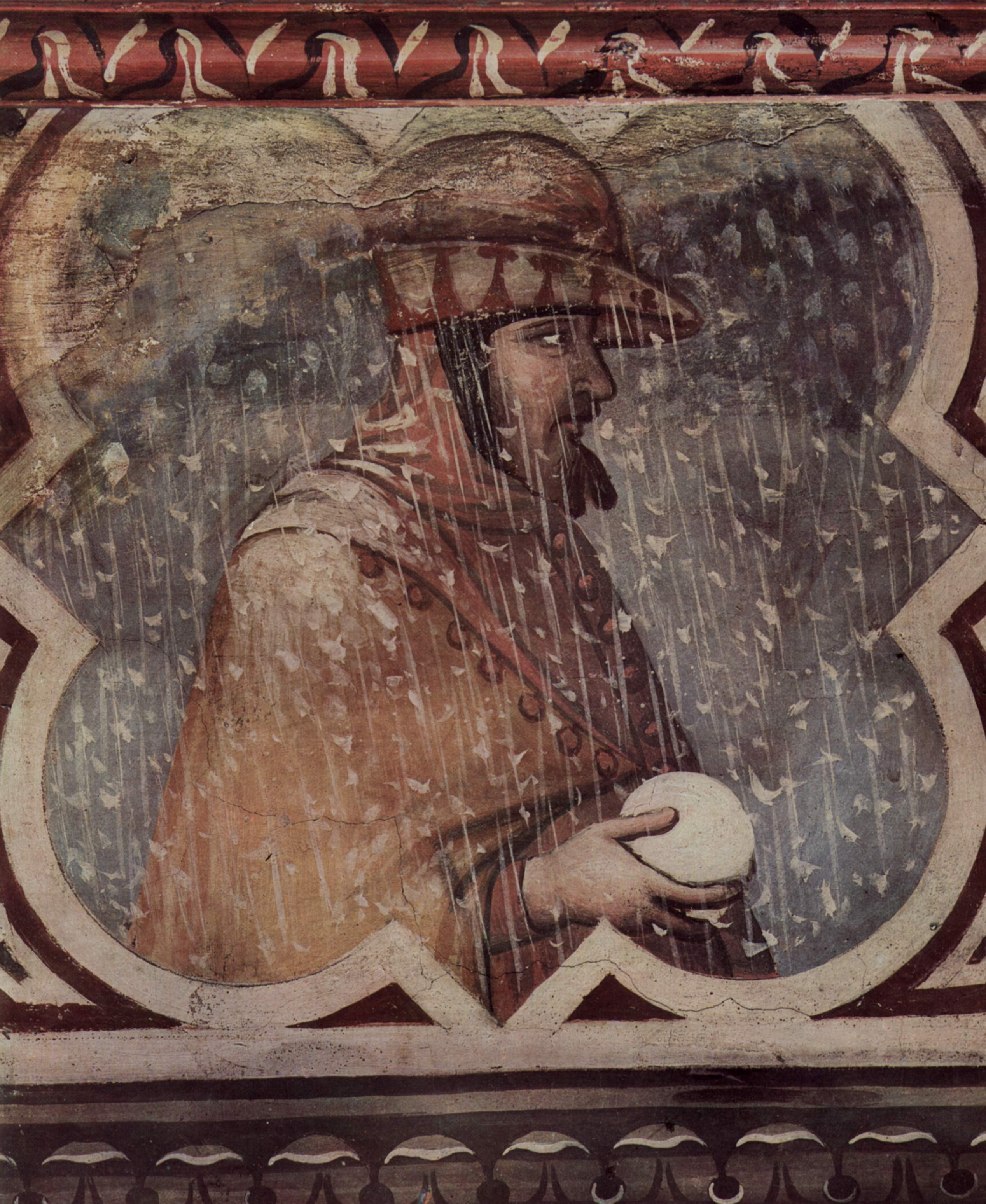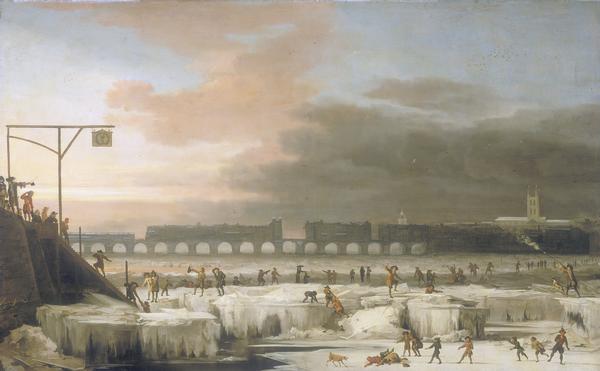| Underpainting (incomplete) of river snags, 48X36, by little ol’ me |
My friend Sandy Sibley told me that my underpainting of northern lights reminded her of the Canadian painter Emily Carr. That’s quite flattering, but I don’t quite see it myself.
Yesterday’s underpainting went a little bit slower—in part because it’s complicated, in part because I’m working the color organization from my psyche, and in part because working from a chair is giving me terrific upper arm pain. (This too shall pass.)
 |
|
Cedar Sanctuary, 1942, by Emily Carr
|
But it struck me as funny and strange that today’s painting reminds me of Emily Carr. It could be the subaquatic coloration of the distant trees, it could be the massive, simplified shapes, or it could be the vague menace of the foreground tree itself.
Born in Victoria, British Columbia, Emily Carr attended San Francisco Art Institute for two years before traveling to London to study at the now-defunct Westminster School of Art. A short-lived teaching gig in Vancouver ended due to Carr’s unladylike behavior—she smoked and swore. Once more she traveled abroad—this time to France, where she came in contact with Fauvism and post-Impressionism.
 |
|
Blue Sky, 1932, by Emily Carr
|
Until 1927, Carr labored in obscurity, often quitting painting entirely. At an exhibition of West Coast aboriginal art at the National Gallery in Ottawa, Carr met members of the Group of Seven. “You are one of us,” Lawren Harris told her, and her role as a significant modern Canadian painter was assured.
Let me know if you’re interested in painting with me in Maine in 2014 or Rochester at any time. Click here for more information on my Maine workshops!




.jpg/409px-Piss_Christ_by_Serrano_Andres_(1987).jpg)












